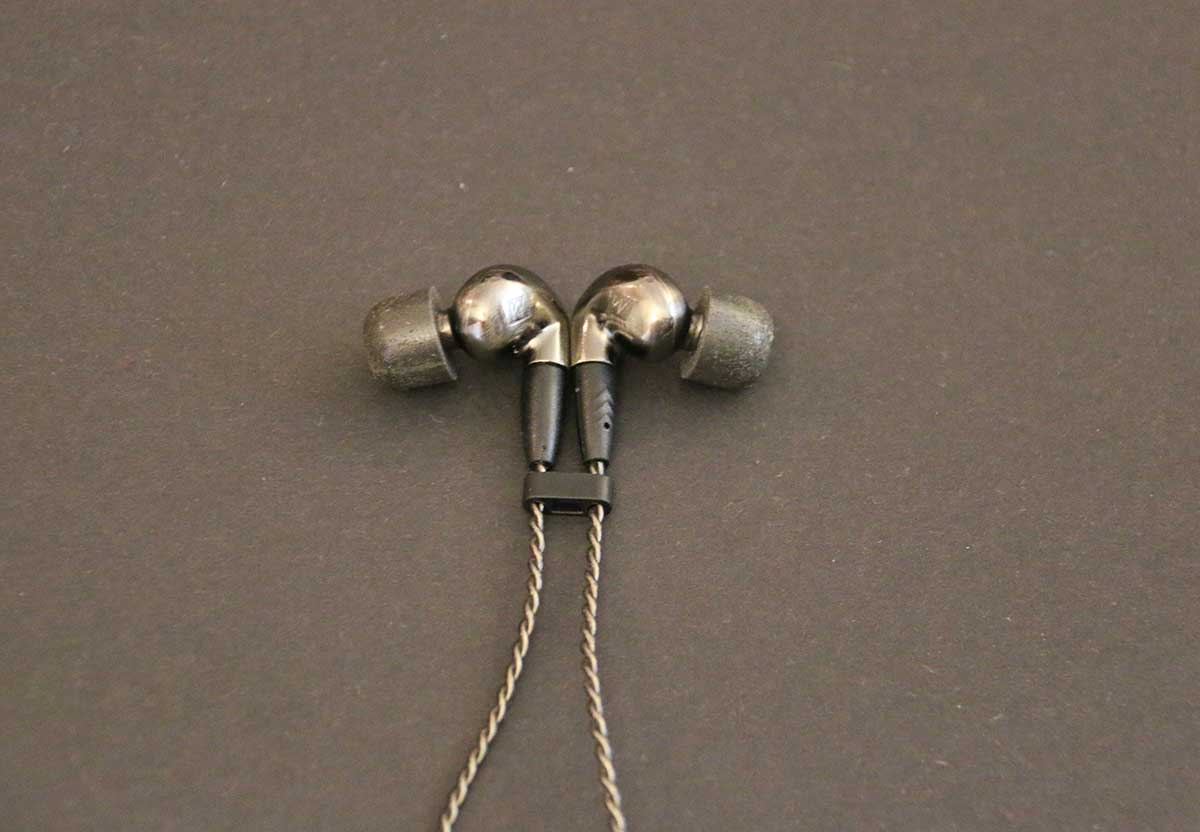
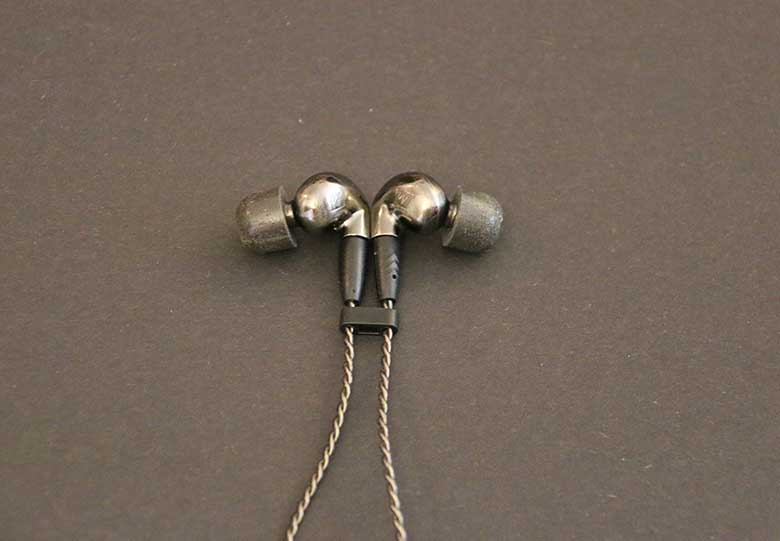


Reviewing the MEE audio Pinnacle P1 earbuds is quite a challenge. They are both an almost reference-grade high-end set of monitors, which all but demand you plug them into a decent headphone amp, and a regular, everyday pair of buds that you can quite comfortably use with your phone. They even include separate, interchangeable cables for this purpose. In this review, we break down the sound, design, comfort and fit, packaging and accessories, specs and more of the Pinnacle P1s. To see alternatives, read our list of the best high-end headphones.
These metal gizmos might be small, but they pack a staggering amount of technology into them, which helps build the sound profile. Not only have they been rigorously tuned, but they also include a special acoustic chamber to help certain frequencies resonate. Before we used the MEE audio Pinnacle P1s for the first time, we took a look at the specifications, interested to see (from a technical standpoint) how these buds would handle the different outputs of an amp and a smartphone. With an impedance of 50Ω and a sensitivity of 96dB, they seemed to offer a good balance on paper.
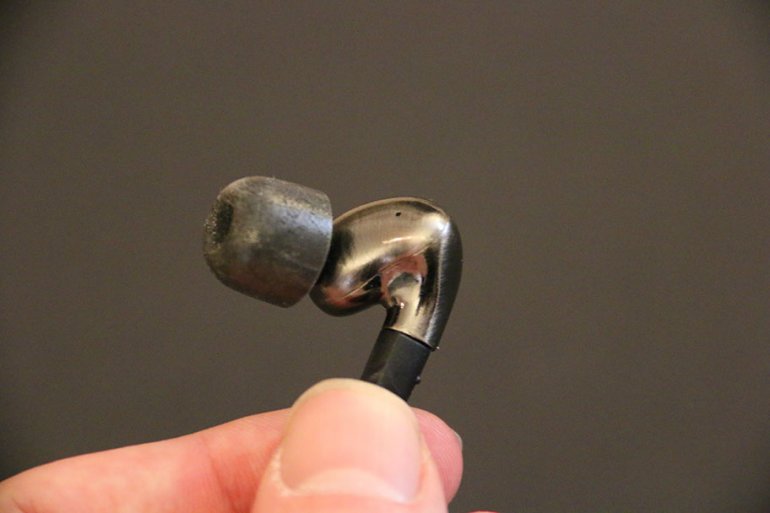
If those stats mean absolutely nothing to you, we’ve got a handy explainer with all sorts of stuff that’s worth knowing. But how would they perform once we plugged them in? Spoiler alert: the Pinnacle P1s are really, really good. They’re a lot more accurate than we thought they would be in terms of not overly coloring the sound. This was quite a refreshing change: it’s nice to hear a pair of buds deliver precision and clarity instead of forcing the music to bend to their will. With every track we listen to, we couldn’t help but marvel at the even spacing in the mix, the precise detail in the highs, the bass that was powerful without being too aggressive.
The bass and isolation of these headphones is, to be perfectly frank, fantastic. Especially for the price you pay for them - $199, at the time of writing. The P1s deliver rich, rounded low-end that creates the impression of the song floating on an ocean of deep, dark bass. The driver size – 10mm – isn’t particularly large in terms of in-ear headphones, but manages to be tuned to perfection. This is particularly surprising, because the drivers are of the standard dynamic type, rather than the multiple balanced armatures employed by the likes of Audiofly in their AF140s. Those particular in-ears cost $270 to the P1s’ $199, and use to balanced armatures coupled with a single dynamic. That the sound of the P1s is so solid in comparison is a big check-mark in favour of MEE audio.
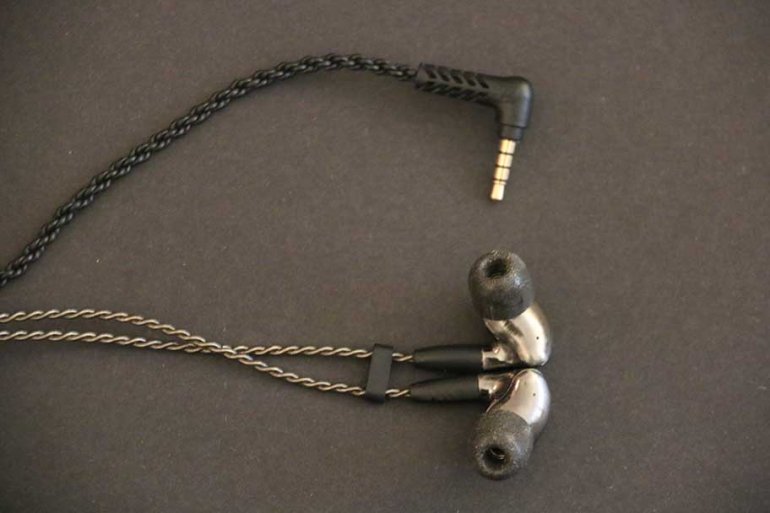
While these elements of the sound weren’t quite as impressive as the bass, they still managed to be very good indeed. Vocals in particular felt smooth and exciting, brought to the forefront, but never drowning under the bass. There were, however, two slight problems but we found while listening to these. The first was that the soundstage wasn’t quite as good as other models we tested – the positioning on the identically-priced Periodic Audio Titanium (full review here) was much better. The second was that call quality: while perfectly clear, was occasionally at a lower volume than we would like. It’s not a major issue, by any means, but it’s worth noting.
Although they are superb when put through a good system (we used our favorite combo of an Optoma uDAC5 and a Linear Tube Audio MZ2-S amplifier) they are more than solid when used with a smartphone. They didn’t have quite the same detail and stereo spread, but still managed to do an excellent job when plugged into our OnePlus 2 phone. Put simply, we expected these to be good, but we didn’t expect them to walk the line so well, or to deliver such fantastic sound. These are marketed as a high-end, audiophile pair of buds, but really, at $199, you’re getting an awful lot of bang for your buck - even if you’re nowhere near being an audiophile.
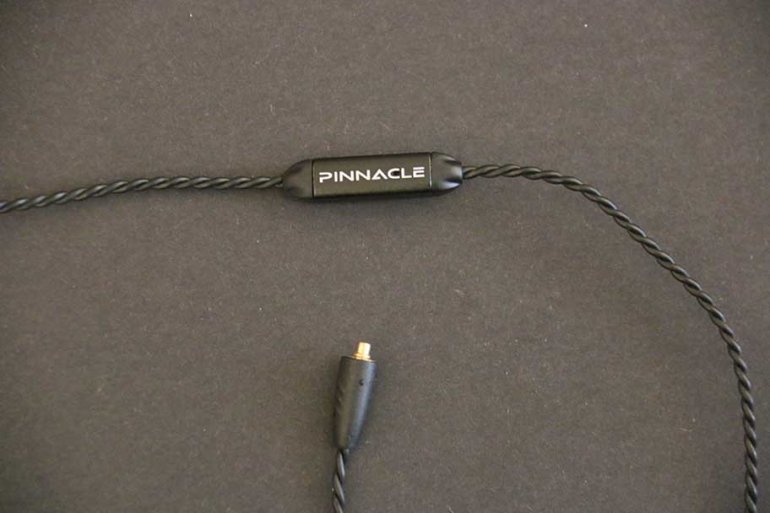
One thing we can certainly say is that, whatever situation you listen in, there’s a lot to love about how these headphones are made. The buds themselves are terrific: they’re made of brushed metal, and feel incredibly robust, like you could drop them from a great height. (Important note: we don’t advise dropping any headphones from a great height). Held in the hand, they moved together with a satisfying click, as if you’re holding two weighted metal balls. And speaking of weight: it’s worth noting just how light these feel. They weigh 0.4oz – and if we’re being honest, weight difference at this particular range doesn’t mean a huge amount – but it’s worth noting that they are also lighter than other comparable in-ears. The Focal Spark (full review here) may be cheaper, at $69, but they are also slightly heavier.
Let’s start with the cable. Or rather, cables. There are two of them, of identical length: a gold one for amplifier listening, and a black one with an in-line control/microphone for use on the go. The cables are attractive, and feel great in the hands, with their coiled design evoking a strong chain. The problem is, once you pull them out the case, they are invariably tangled – and the coils don’t exactly lend themselves to quick and easy untangling. To some extent, this is an issue that all earbuds share, but it’s frustrating to see such a decent cable fall prey to it. The cables attach to the buds with a satisfying click, and a standard 3.5 mm jack, with a 6.3 mm attachment included.
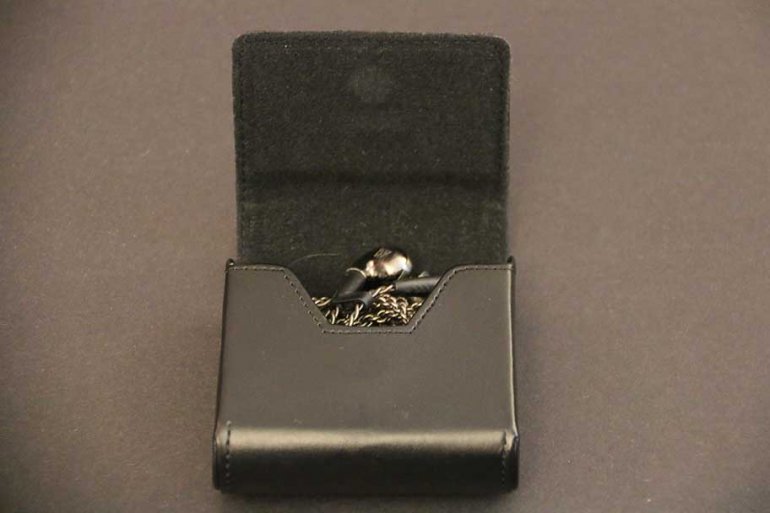
The Pinnacle P1s fit comfortably inside the curve of the ear, and since MEE audio includes multiple ear tip sizes, including Comply memory foam tips, getting a decent fit was the work of moments. We also found that the in-ears were easy to wear for relatively long periods of time, which is pretty surprising, given their metal construction. They never felt like they were causing any pressure in or around the ear, which is something we were grateful for. And, as we’ve already mentioned, the isolation they provide is excellent, blocking out the outside world without a hint of noise-canceling anywhere.
We do have to say that we are in love with their case. The earbuds are stored in absolutely beautiful leather wallet, with a magnetic snap clasp and a metal plaque with the model’s serial number engraved on it. This kind of thing is an important part of any audio experience, and it’s one we take seriously. The headphones are, after all, going to live in this case, and its usability sets up how any listening session is going to go. Admittedly, you might have to spend a few minutes untangling the cable once you pull them out, but we still adore the case. The aesthetic extends to the actual box the headphones come in, which opens like a treasure chest.
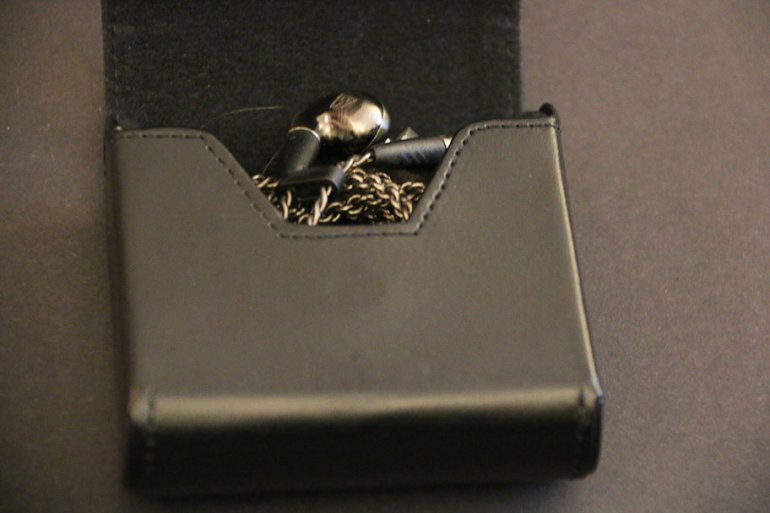
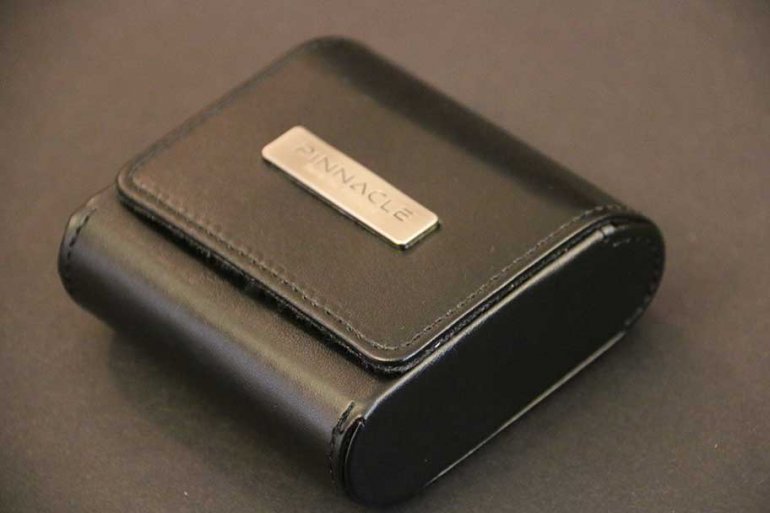
| Headphones | Price | Weight | Imp* | Drivers | Cable | Plug |
|---|---|---|---|---|---|---|
| MEE audio Pinnacle P1 | $199 | 0.4oz | 50Ω | 10mm | 4'3" Rem** x 2 | 3.5mm, 6.3mm |
| RHA T20i | $200 | 1.45oz | 16Ω | Unknown | 4'5" Fixed | 3.5mm |
| FiiO F9 Pro | $140 | 0.32oz | 28Ω | Various x 3 | Rem** x 2 | 3.5mm, 2mm |
| Shure SE215 | $99 | Unknown | 17Ω | Unknown | 5'4" Fixed | 3.5mm |
| MEE audio Pinnacle P2 | $99 | 0.8oz | 16Ω | 10mm | 4'3" Rem** | 3.5mm |
*Imp = Impedence
**Rem = Removable
Want Even More Master Switch? Sign Up For Our Weekly Newsletter!
The Pinnacle P1s are quite old now, and there are several alternatives. The RHA T20i in-ears are one of them. They retail for $200, compared to the P1s’ $199, and although we prefer the sound of the latter, the former do a very good job indeed. The metal construction is very similar to the P1s, and the sound signature doesn’t differ a huge amount, with perhaps just a touch more detail in the top end. However, the T20is heavy ear hooks in their design, meaning they are ideal if you are struggling to get a good fit.
If you want something even cheaper, try out the $140 FiiO F9 Pro. They aren’t quite as weighty and substantial as the P1s, a judgement which takes in both design and sound quality. But their ribbed housing looks great, and they still managed to perform very well for their price range. We’d suggest these if you have a budget of under $150, and aren’t too bothered about getting premium equipment or accessories.
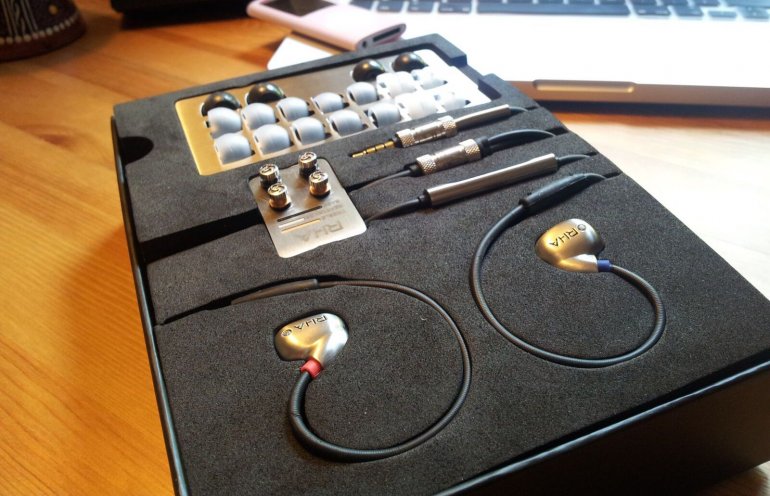
Cheaper still: the absurdly-popular. Shure SE215, which goes for $99. You definitely aren’t going to be able to truly compare them to the $199 P1s, but they do have plenty of similarities: the bass of the Shures is very close to that of the P1s, although not quite as rich. The Shures are also slightly more efficient, and a little bit easier to drive, making them ideal if you’re not interested in using a separate headphone amp and just want to listen off your smartphone.
Also costing $99 are the Pinnacle P2s, also from MEE audio. As you’d expect, these are newer… but they are not necessarily better. They’re a more budget-friendly version of the original, and mean you lose out on the metal construction. While we think this alone is reason enough to spend the extra money – it really does feel and look great – we can absolutely see the appeal here. If you want to experience the same sound at half the price, then these are what you should pick.
See the MEE audio Pinnacle P1s See the Best High-End Headphones